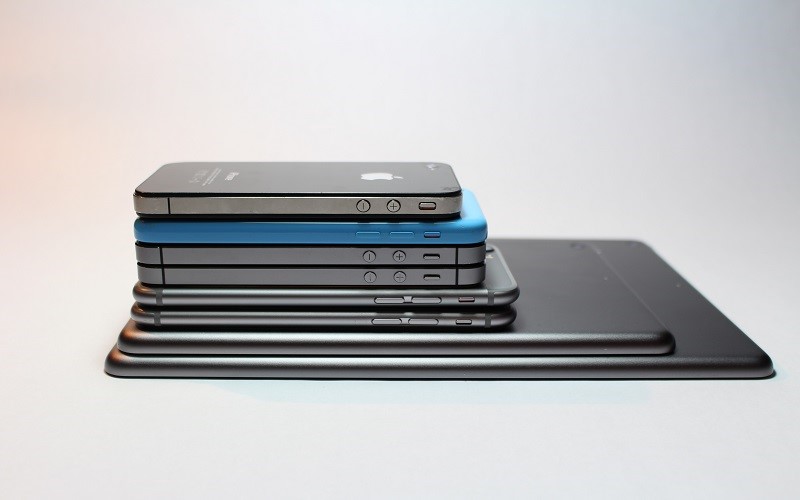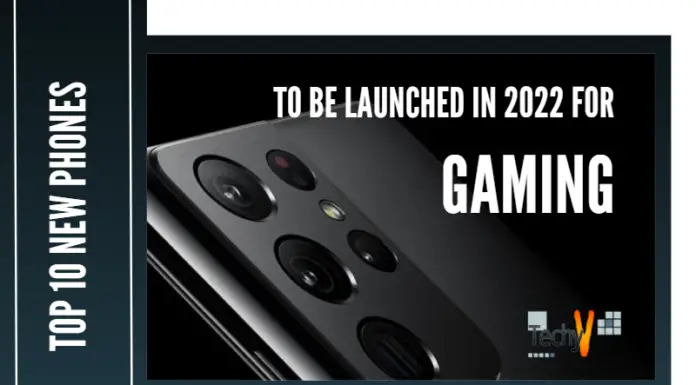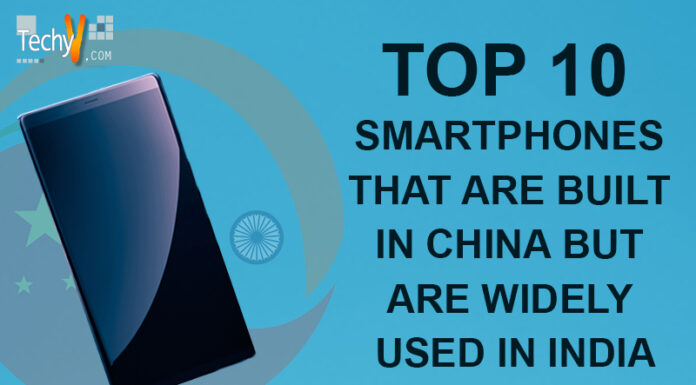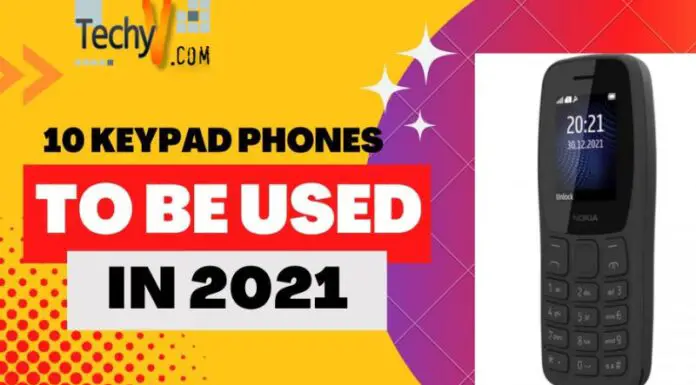What Is A Foldable Phone?
A foldable phone is a form of a smartphone that incorporates a flexible screen that can be folded or unfolded like a book, because of which providing a more prominent display when opened up and a more compact design when closed. When you fold these smartphones, they take up less space in your pocket or purse, so they are very portable. In the year 2018, Royole launched the first foldable phone; then, other manufacturers launched their own foldable phones, like Samsung, Huawei, Motorola, and others manufacturers. Following are the best things you need to know about foldable phones.
1. Camera Quality
For enhanced photo and video capabilities, foldable phones typically have multiple cameras. However, the positioning of the cameras can change depending on the layout of the gadget. Foldable phones have numerous cameras, which include a primary wide-angle lens, an ultra-wide-angle lens, and occasionally a telephoto lens. Above mentioned lenses let users click a wide range of pictures from various angles and with multiple zoom settings.

2. Screen Technology
Depending on the model and manufacturer, foldable phones may have various screen technologies. In general, flexible OLED (Organic Light Emitting Diode) or flexible AMOLED screen technology used in foldable phones. Flexible OLED panels can be folded and bended, which makes them perfect to be used in foldable phones. OLED panels and flexible AMOLED screens both use comparable technology; however, AMOLED screens do so in a slightly different way.
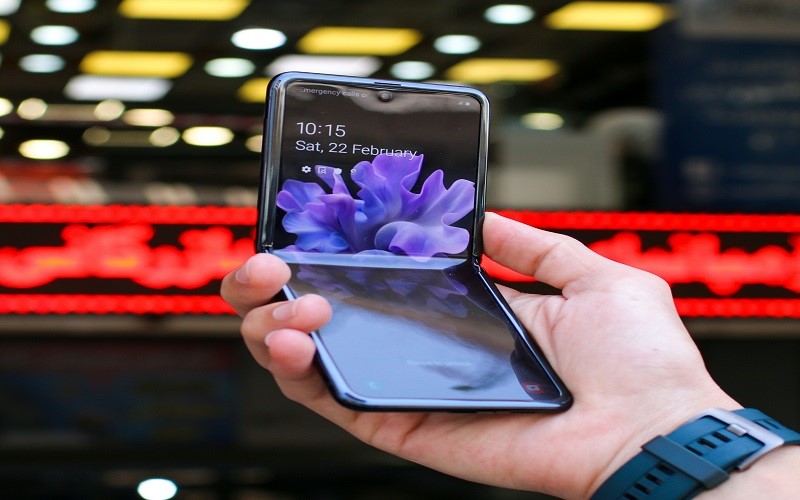
3. Durability
Durability is a concern with foldable phones since the folding mechanism, and flexibility of screen could be harmed. Nevertheless, manufacturers have significantly increased the durability of foldable phones in recent years. Foldable phones are more durable than traditional smartphones. For improving the lifespan of foldable phones, some improvements have been developed, including more robust hinge mechanisms, more full-screen and body materials, and specialized software to reduce damage from usage.
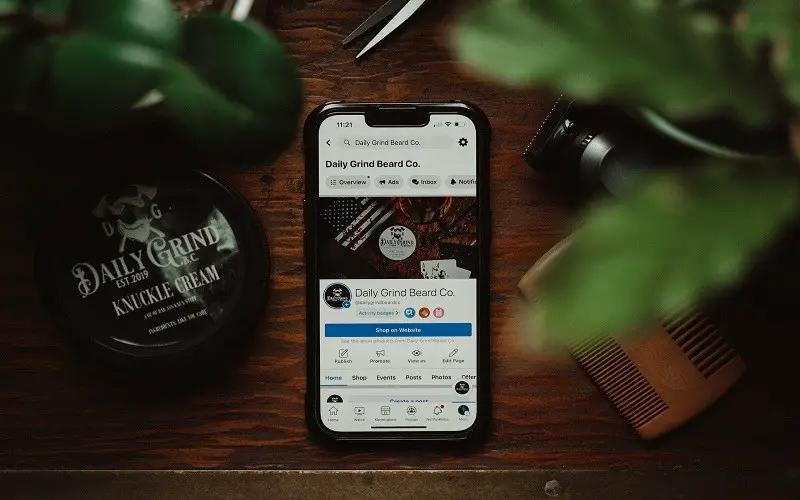
4. Multi-tasking
One of the primary advantages of foldable phones is the ability to run numerous apps simultaneously on their vast, flexible screens. Working on many apps at once without switching between them can boost productivity, which is one of the critical advantages of multitasking on a foldable phone.
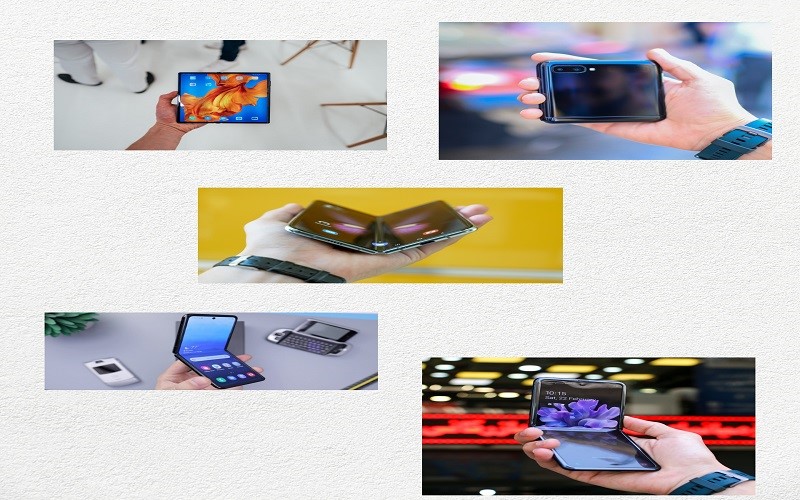
5. Size
Foldable phones have screens that open up more extensively than those of conventional smartphones. They are more compact when folded. One of the critical benefits of foldable phones is that they provide a larger screen size in a more portable form factor. They are, therefore, perfect for web browsing, playing games, and watching videos.
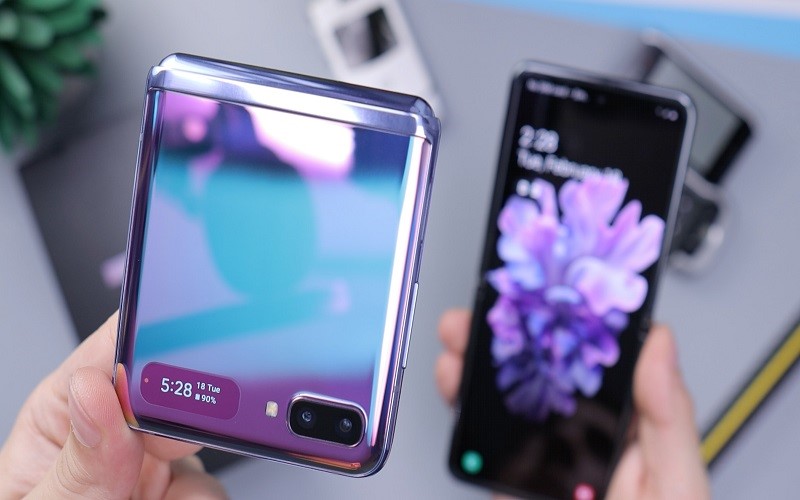
6. Uniqueness
Uniquely, foldable phones offer a novel form factor and design that permits a bigger, more flexible screen. Its design gives customers new ways to interact with their devices that are different from the conventional stiff smartphone screens. Most foldable phones use an optimized version of Android OS that allows for flexible multi-tasking. Without feeling constrained by a little screen, you may play videos side-by-side, browse the internet, and do much more. A foldable smartphone can expand to the size of a tablet.
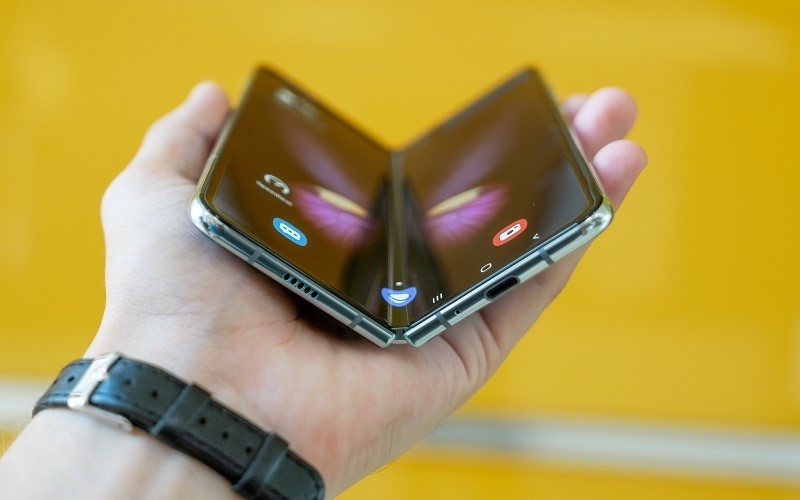
7. Battery Life
The mechanism used by a foldable phone is significantly different. A larger display also demands a larger battery, a hinge that binds the screens together, and—most importantly—a screen that can be tightly bent. Today’s mobile phones often have LCD screens. Foldable phones usually have larger batteries to run their larger screens. But, because of the folding mechanism, they might use more battery.
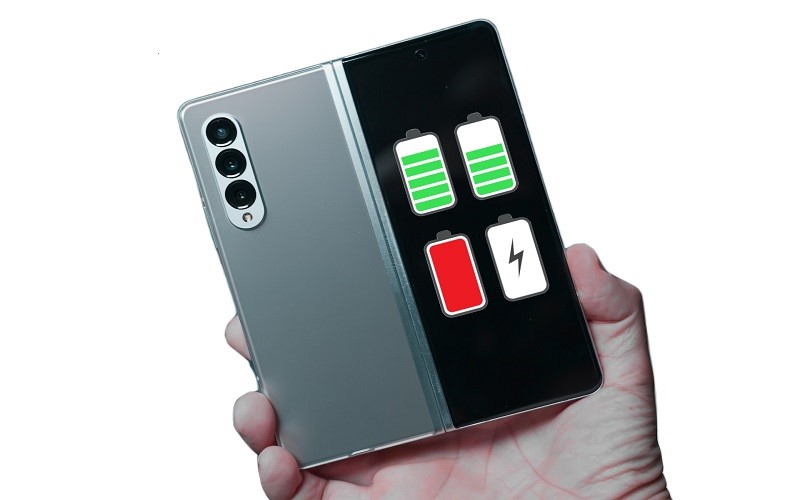
8. Portable
Foldable phone is designed to be more portable than traditional smartphones when their screens is folded. For instance, the 6.7-inch screen of the Samsung Galaxy Z Flip3 can be folded in half to make it smaller and more convenient to keep in a pocket. Those who want a larger screen size without compromising portability may benefit from the foldable phone’s portability.
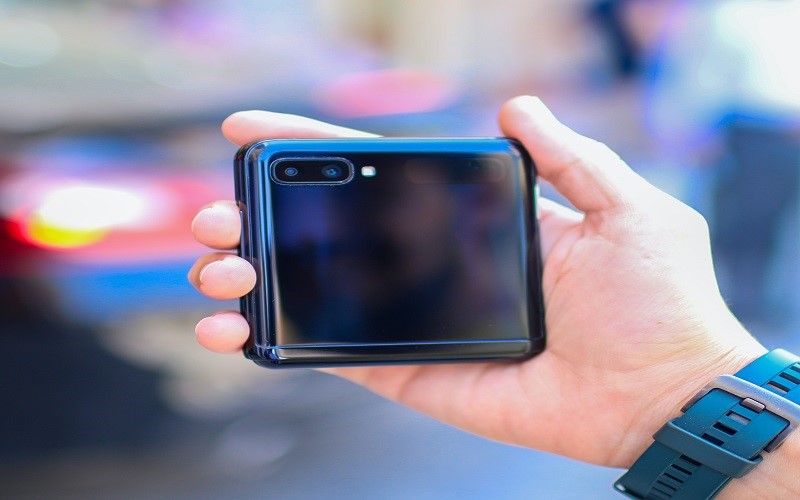
9. Compatibility
The specific device and its operating system, the apps and software used on the device, and the devices and peripherals used with the device can all affect how compatible foldable phones are. Most foldable phones use traditional smartphone operating systems like Android or iOS. It also suggests that they typically use the same software and apps available on regular smartphones.
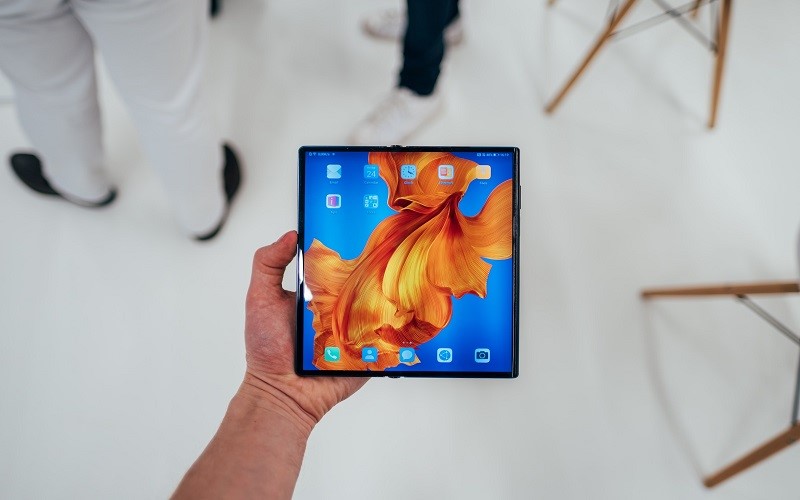
10. Future Of Foldable Phones
As more companies develop their own foldable devices and technology advances, the market for foldable phones expected to expand in the upcoming years. As long as manufacturers continue to engage in research & development to enhance the design, usability, and performance of foldable devices, the future of foldable phones seems bright. Creating larger and more flexible screens is one trend expected to last in the future. Rollable displays, which extend to generate an even greater screen size than present foldable phones, are already being investigated by some manufacturers.
